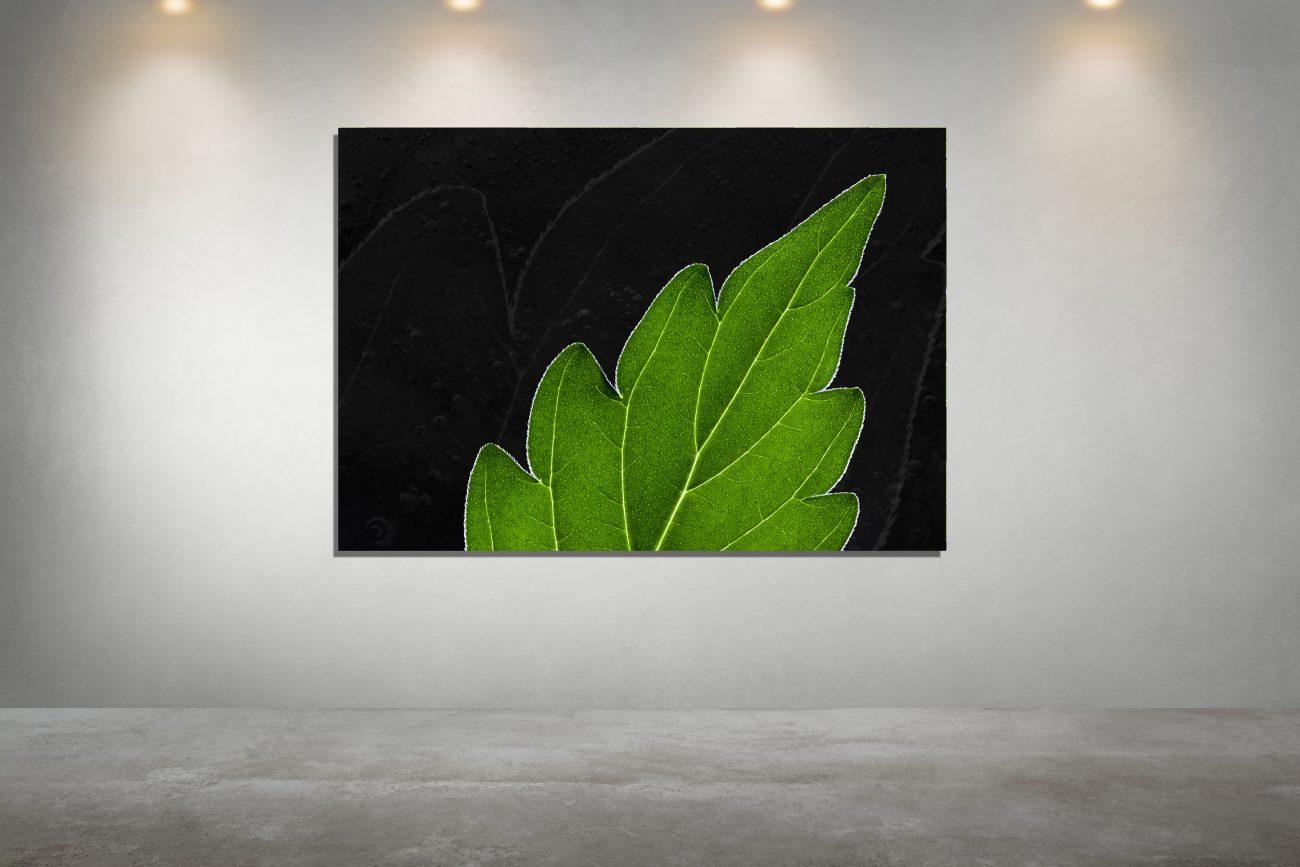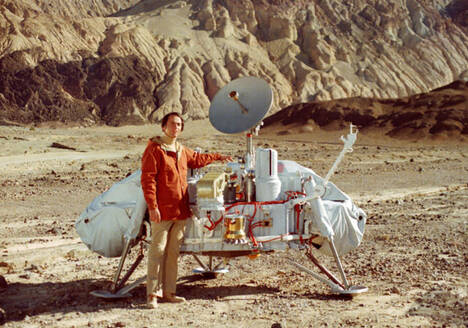ELEVATED, Book Chapter 3: “Cannabis, Creativity, and Cognitive Liberty”, Part IV
The Persistent Mindful Surfer (PERMIS) – Approach
The surfboard is a very useful metaphor especially as it concerns a point that relates to Hommel’s metacontrol states model (MSM) of creativity, for which the control of a balance plays a crucial role in the creative process. For a creative to use a high – or any other altered state of consciousness – productively and successfully, she will have to learn how to control various influential factors in her experience before she enters the high, during the high, and, then, after the high, to integrate her experience and to be able to remember it and use it productively. Let’s call this the Persistent Mindful Surfer (PERMIS) – Approach to using an altered state of consciousness for creative purposes. It involves:
Attitude of Persistence
An attitude of goal-directed persistence towards using your altered state specifically for creative purposes
Creative Skills and Knowledge
If you can’t play piano, then the impact of an altered state of consciousness will be limited as to improving your ability to produce a great piano solo, of course. The enhancement of your creative output with an altered state of consciousness, then, naturally depends on your previous skills needed for a creative activity, including general creative techniques such as brainstorming, etc. [i]
Knowledge about Integrating the High
Previously acquired knowledge that helps you to use the altered state for creative activities, especially knowledge about positively influencing factors such as dosing, will affect the spectrum of the psychoactive substance used. The better your information about an altered state, the more you will be able to use it as a tool for creativity.
Skills and Knowledge Riding a High
Importantly, you will have to learn how to best maintain a creative flow during the experience to ride your altered state of consciousness like a wave. This involves a deep understanding, if only intuitive, of how to navigate and keep a certain balance during an altered state of mind. This involves a high level of introspective control, which means that you have to be able to constantly perceive your mind in the flow during the experience. These skills can be trained with mindful experimentation. Importantly, this knowledge is highly dependent on mindful self-knowledge: am I ready for this strong dose in this specific situation? Is it the right mood and environment for me to use this variety of cannabis? Can I still attend to my environment enough to be able to perform creatively during the high as it unfolds in my mind?
In my book The Art of the High. Your Guide to Using Cannabis for an Outstanding Life, I give some more elaborate advice based on our state-of-the-art knowledge to use cannabis for creative and other mind-enhancing purposes.[ii]
Summary
We have seen that the question “Does cannabis enhance creativity?” is misleading, vague, and too simple to interestingly guide an investigation on the impact of cannabis on our creativity. It ignores the fact that cannabis is like a tool: a tool cannot guarantee a positive outcome, it can only be useful in certain environments for certain tasks if used with skill and knowledge.
After some reflection, we ended up with a more interesting question:
“Can a cannabis high temporarily enhance creative activities in certain phases substantially, essentially, and characteristically?”
As we have seen, this redesigned question shows that for future scientific investigations, we have to design studies differently – and we certainly have to do some more work to answer more questions:
What do we consider to be the essential cognitive abilities that define various creative activities?
Are these cognitive abilities different for various creative processes?
How could we avoid “cancellation” effects in our study designs? Etc.
Scientists should not be satisfied with the studies specifically on the subject of cannabis and creativity that have been done so far. I have argued that there is a growing body of evidence from various sources beginning to show us a signature pattern in which the cannabis high can typically alter a whole bouquet of cognitive functions. Cannabis users can learn how to mindfully experiment with cannabis to avoid the cancellation effects of cannabis for creative activities and to more productively use a high for creativity. Given the experiences of users and other empirical knowledge so far, we have good reasons to believe a cannabis high indeed has a great potential to enhance various kinds of creative activities.

Epilog I: Cannabis, Creativity, and Culture
Let me shortly address a different, but related question: How much have cannabis users influenced our modern human society with their cannabis-inspired ideas and work?
There are many highly influential philosophers, writers, scientists, artists, architects, musicians, business people, comedians, and others who have productively used cannabis, some of them explicitly for their work:[iii] writers Robert Louis Stevenson (“Treasure Island”), Charles Baudelaire (“Les Fleurs du Mal”), Alexandre Dumas (“The Three Musketeers”, Victor Hugo (Les Misérables), Rudyard Kipling (“The Jungle Book”) Marcel Proust (“A La Recherche Du Temps Perdu”), William Butler Yeats (“Collected Poems”), and Mark Twain (Adventures of Huckleberry Finn), Jack London The “Sea-Wolf”), philosophers Walter Benjamin (“The Work of Art in the Age of Mechanical Reproduction”) and Ernst Bloch (“The Principle of Hope”), writers Jack Kerouac (“On the Road”), Alan Ginsberg, the architect Frank Gehry, Norman Mailer, psychologist Timothy Leary, writer Robert Anton Wilson (“Prometheus Rising”).
The astronomer and popularizer of science Carl Sagan (“The Dragons of Eden”), used cannabis and used it explicitly for its mind enhancements; filmmakers Robert Altman (M*A*S*H), Francis Ford Coppola (“Apocalypse Now”), and Hal Ashby (“Harold and Maude”), Nobel Prize-winning physicist Richard Feynman, Barbara Ehrenreich (Nickel and Dimed: On (Not) Getting By in America), Nobel Prize-winning molecular biologist and discoverer of the structure of human DNA Francis Crick, neurologist and bestselling author Oliver Sacks (“The Man Who Mistook his Wife for a Hat”).
As to comedians: Groucho Marx from the Marx Brothers was named after a “Grouch bag” in which kids in the 1920s would keep their pennies, pieces of candy, and their marijuana.[iv] Groucho Marx from the Marx brothers, who once in a movie pointed to a corpse saying, “Either this man is dead, or my watch has stopped”. Other comedians who used cannabis for inspiration were Lenny Bruce, George Carlin, Steve Martin, and Bill Hicks (“Why is marijuana against the law? It grows naturally upon our planet. Doesn’t the idea of making nature against the law seem to you a bit paranoid?”). Bill Murray and Kat Williams are two more on a list that could be extended almost endlessly.
We could fill a book only with prominent names of cannabis-using musicians: Cab Calloway, Bessie Smith, Louis Armstrong, Mezz Mezzrow, Billie Holiday, Lester Young, Gene Krupa, Bob Dylan, Art Garfunkel, Bob Marley, Peter Tosh, The Beatles, Jerry Garcia, Jimmy Hendrix, Janis Joplin, Patti Smith, Gilberto Gil, Willie Nelson, Ben Harper, Lil Wayne, are certainly only a few examples of a much longer list of musicians who have used cannabis. The same can be said for actors, including Errol Flynn, Robert Mitchum, Tony Curtis, Johnny Depp, Jack Nicholson, Susan Sarandon, Natalie Portman, Kirsten Dunst, and Frances McDormand, to name just a very few.
No doubt their work had a huge influence on our culture. Yet, how much did cannabis play a role for them and their ideas? Could they have done the same work or even come to better results without the use of cannabis? That is an entirely different question. We would need to delve deeper into the biographies of those luminaries to come to a conclusion about the impact of cannabis on their ideas. I have begun to do this in my essay collection “What Hashish did to Walter Benjamin”, in which I explore how Benjamin, the philosopher Ernst Bloch, the astronomer and popularizer Carl Sagan, jazz musicians like Louis Armstrong and Billie Holiday, and many others have successfully used cannabis to find inspiration for their work [v]
If we look at the larger picture of societies and the impact of cannabis use it is yet another question whether so far, cannabis has played a positive role that concerns the total creative output of modern societies. In the last decades, the prohibition and ensuing lack of information and education on cannabis had a negative impact and led to more individual “cancellation” effects, thereby diminishing the creative potential of cannabis for society. So, even if while cannabis-inspired some to do brilliant creative work, it may have had a negative impact on many others.
In light of what has been said before here, the following may be a more interesting question to ask about the cultural dimension of Cannabis use for creativity:
What could cannabis (and any other psychoactive substance, or mind-altering techniques like meditation) do for the creative output of our society as a whole, if it would be accessible and mindfully used with care, skills, and knowledge?
Epilog II: Cannabis, Freedom, and Cognitive Liberty
In his famous article “On Liberty”, philosopher John Stuart Mill claimed that a person’s thoughts, feelings, beliefs, plans, and actions must lie within a protected domain of liberty :
”(…) the inward domain of consciousness; demanding liberty of thought and feeling, absolute freedom of opinion and sentiment on all subjects, practical or speculative, scientific, moral, or theological . . . liberty of tastes and pursuits; of framing the plan of our life to suit our character; of doing as we like, subject to such consequences as may follow: without impediment from our fellow-creatures, so long as what we do does not harm them, even though they should think our conduct foolish, perverse, or wrong.”[vi]
Mill also argued in connection with alcohol prohibition laws that as long as a person does not harm another, he should have the right to inebriation.[vii]
Mill’s essay is often quoted when it comes to arguments against cannabis prohibition. I fully agree with his thinking and would like to add an important point to it. The freedom addressed by John Stuart Mill in this essay only covers one aspect of freedom, as he states himself in his introduction: “The subject of this Essay is not the so-called Liberty of the Will, (…) but Civil, or Social Liberty: the nature and limits of the power which can be legitimately exercised by society over the individual.”[viii]
Now, let us look at another very important aspect of freedom. Our concept of freedom is intimately connected to our creative abilities. As a creative being, I do not only have the freedom to choose between a whole variety of given alternatives, like a post-modern consumer in a supermarket: my freedom importantly arises out of my ability to think and act creatively, to help create and transform the reality I want to live in and to become the person I imagine to be through a process of self-directed personal growth.
Creativity is the pulsating heart of freedom. Only an inventive mind can go beyond the choice of existing paths and freely create a new self and a new world.
The eminent researchers Terence and Dennis McKenna stated in their landmark book “The Invisible Landscape. Mind, Hallucinations, and the I Ching”:
“The search for liberation, a paradisiacal state of freedom that mythology insists is the ahistorical root of the historical process, has always been the raison d’être of the human species’ conscious pilgrimage through time. In the name of drawing near to this liberation, humankind has built and then partially rejected an endless projection of societies, governments, philosophies, and religions. (…). The entire human experience, individual and collective, can be described as the pursuit of that which frees. (…) Although our entire being is caught up in the pursuit of liberation, we share no collective understanding of what this liberation might be. (…) We believed that the widespread use of psychedelic drugs in modern society was somehow rooted in the intuition that exploration and reassimilation of so-called magical dimensions was the next step in humanity’s collective search for liberation.”[1]
If cannabis or any other psychoactive substance has the potential to enhance one of our most fundamental human cognitive abilities, to think and act creatively, and if it can generally lead to mind enhancements helping us to liberate us from routine thought patterns and perceptions, then we should most fervently defend our right to use this substance to enhance our ability to truly be free.
Interested in the book? See more information here
If you are interested in the Hilaritas podcast episode with my interview on the book, see here
[1] McKenna, Terence, and McKenna, Dennis (1975,1993) The Invisible Landscape. Mind Hallucinations and the I Ching, HarperCollins Publishers, New York.
[i] For an interesting approach for cannabis users which suggests using creative techniques combined with a high recommendation “The Creative Thinking Journal”, https://www.pilgrimsoul.com/journals
[ii] Marincolo, Sebastián (2021), The Art of the High. Your Guide to Using for an Outstanding Life. Self-published, ISBN-13: 978-3981771220
[iii] For a brilliant collection of pot VIP’s and what we know about their cannabis use, see Ellen Komp’s https://www.veryimportantpotheads.com/
[iv] Compare Komp, Ellen, https://www.veryimportantpotheads.com/groucho.html Accessed March 18, 2022.
[v] I have done this for Walter Benjamin and Carl Sagan in my essay collection: Sebastián Marincolo (2015), What Hashish Did to Walter Benjamin. Mind-Altering Essays on Marijuana. Khargala Press, Stuttgart
[vi] Mill, John Stuart (1859/1975) “On Liberty”. Edited by David Spitz. Toronto: W. W. Norton. Numbers in parentheses refer to the page number of Mill’s essay in this 1975 printing.
[vii] Boire, Richard Glen (2002) “John Stuart Mill & the Liberty of Inebriation”, The Independent Review, Vol. VII, No. 2. Fall 2002
[viii] Mill, John Stuart (1859/1975). “On Liberty”. Edited by David Spitz. Toronto: W. W. Norton.


